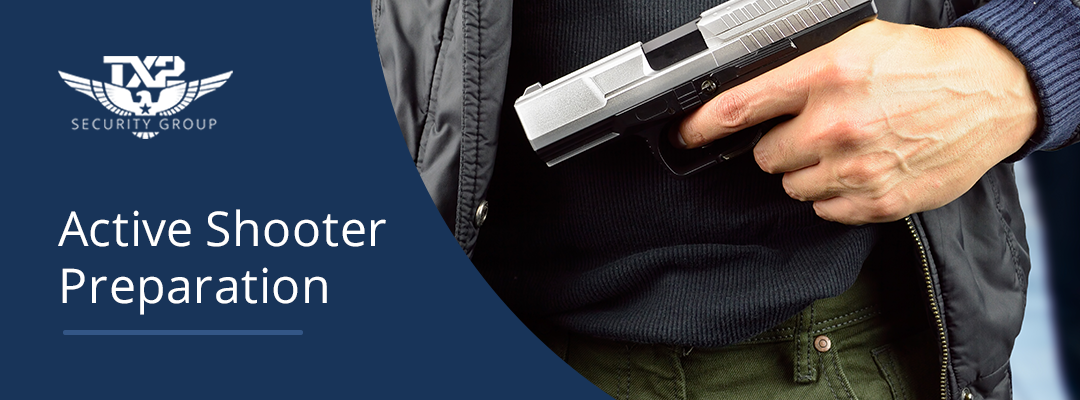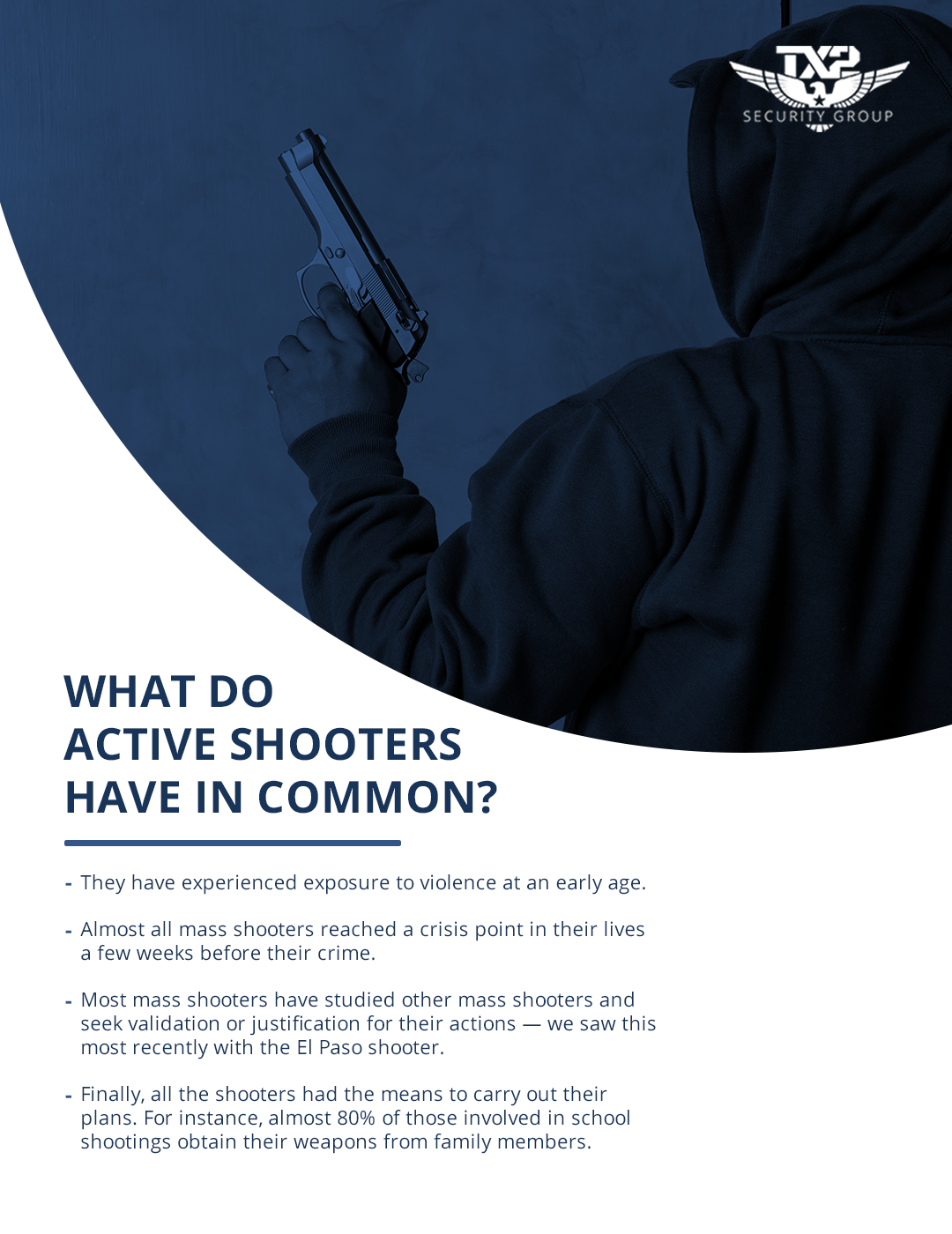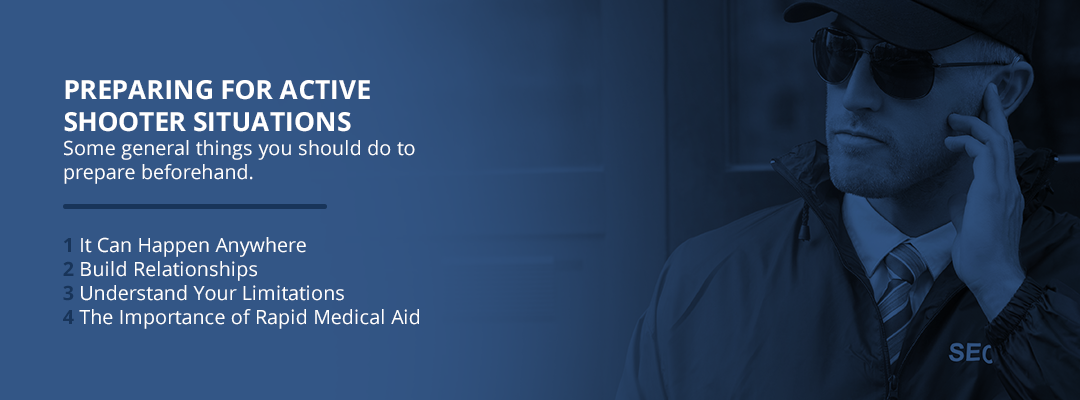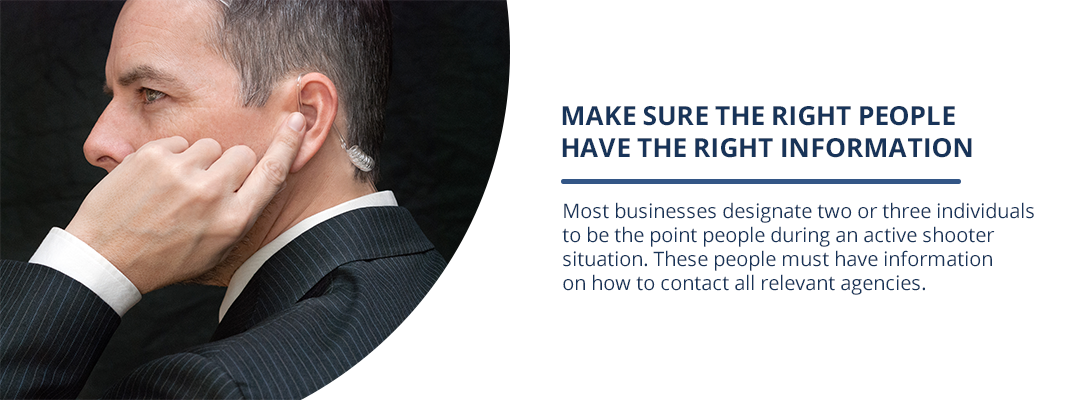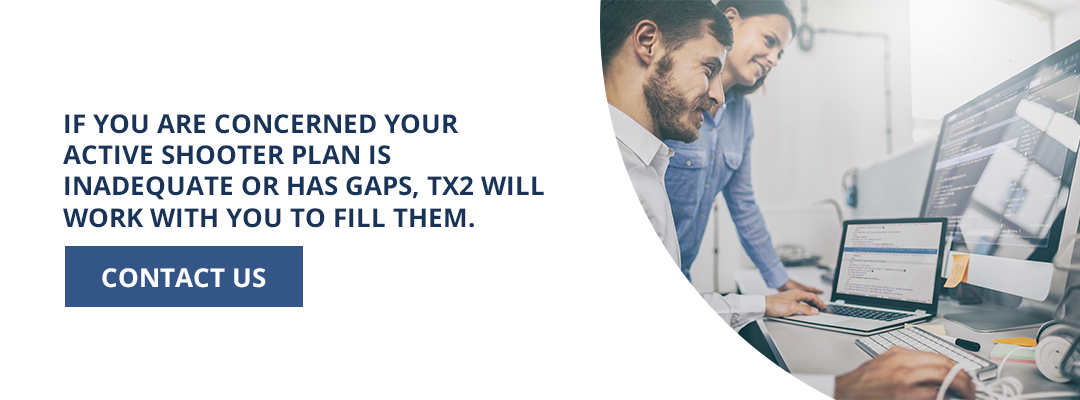While mass shootings have happened all over the globe, they are a particularly American phenomenon. Whatever the reason for the shootings — lax gun laws, mental illness, friends or family who know someone may commit a mass shooting but fail to speak out — the term “active shooter” has become a phrase that strikes fear into the hearts of people from coast to coast.
While experts and police officers sometimes disagree on the definition of a mass shooting, in most cases, it represents an event where one or more individuals shoot and kill at least four people. Today, it may seem strange to think that before Aug. 1, 1966, there had only been 25 such occurrences in the history of the United States. On that summer day, Charles Whitman went to the observation deck of the Texas Tower at the University of Texas, opened fire and killed 17 people before police eventually took him out.
There was a time when many Americans thought an active shooter incident could never happen in their community. Almost no one believes this now. Newtown, Charlotte, Orlando, Washington, San Bernardino, Los Angeles, Pittsburgh, Virginia Tech, Parkland High, Sutherland Springs, Aurora, El Paso, Columbine — there hardly seems to be a corner of America unaffected by a mass shooting.
In August 2019 alone, 53 people died in mass shootings, according to The New York Times. In 2017, Every Town for Gun Safety reported that between 2009 and 2017, there were at least 173 mass shootings in the United States, with 2017 being the deadliest year ever. In that time, 1,001 people lost their lives, while 792 others received gunshot injuries. One in five victims was a child under 18.
Statistics show 96% of mass shooters were male and 60% were white.
Do you know how to prepare for an active shooter? We now know these tragedies can occur anywhere, and if your organization hasn’t done so yet, it’s time to think about preparing for and responding to a growing threat.

